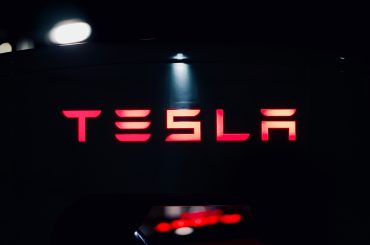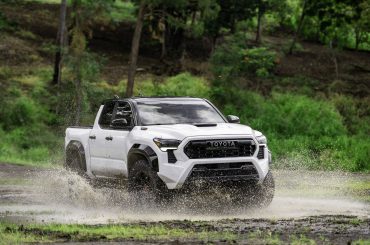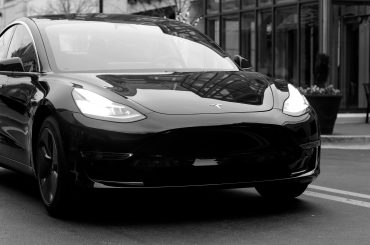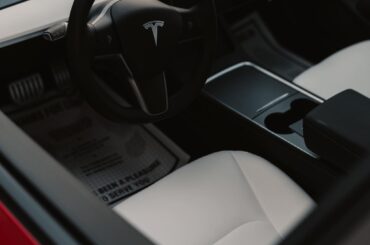How long can a Tesla drive itself? Self-driving cars have been in the news for a while now, with many automobile manufacturers investing heavily in the technology. Tesla, on the other hand, has been at the forefront of the movement toward self-driving cars. Their Autopilot system has gotten a lot of attention. But how long can a Tesla drive itself? Let’s explore this question further.
First of all, you should know that Tesla’s Autopilot system is not a fully self-driving system. It is made to help drivers with things like steering, speeding up, and slowing down. This means that the car can’t drive itself for long periods of time without help from a person.

Tesla’s Autopilot system is a Level 2 autonomous driving system. According to the Society of Automotive Engineers (SAE), this means that the car can perform some driving tasks independently, but the driver must still pay attention and be ready to take control at any moment.
Tesla’s Autopilot system uses a combination of cameras, sensors, and radar to “see” its environment and make decisions based on that information. The system is designed to keep the car centered in its lane, maintain a safe distance from other vehicles, and even change lanes on the highway.
So, how long can a Tesla drive itself? On Tesla’s website, it says that the Autopilot system is made for highways and is meant to help drivers on long trips. Tesla recommends that drivers using Autopilot always keep their hands on the wheel and be ready to take control of the car at any moment. This means that the car cannot drive itself for extended periods without human intervention.
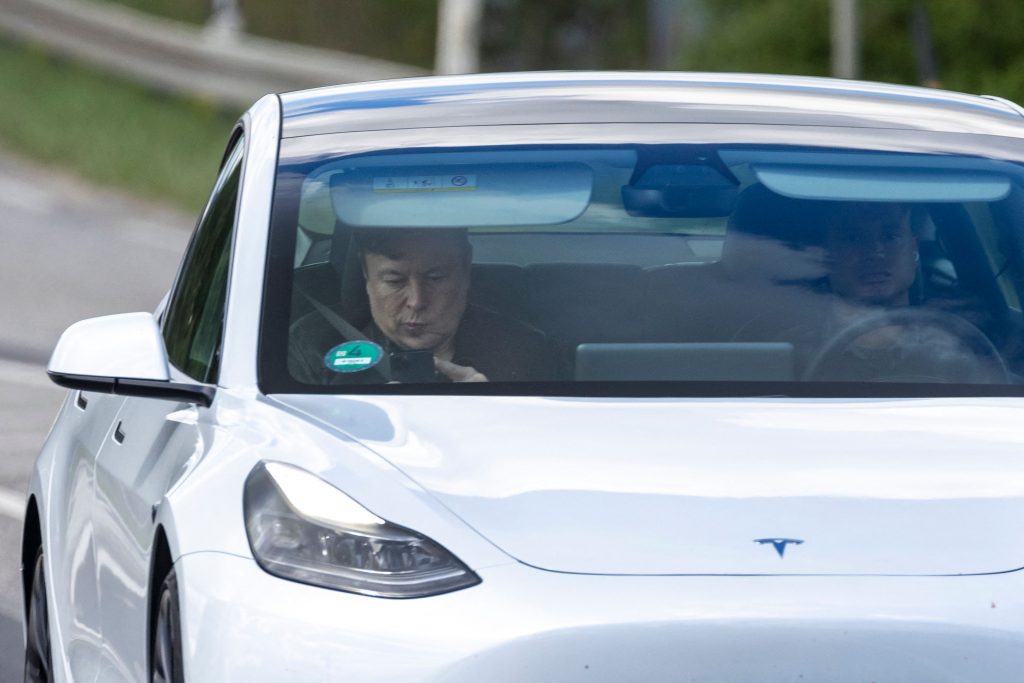
However, the length of time that a Tesla can drive itself depends on a variety of factors, such as the road conditions, weather conditions, and the driver’s attentiveness. If the road conditions are ideal, the weather is clear, and the driver is paying attention, a Tesla may be able to drive itself for several hours at a time.
However, if the road conditions are poor, such as in heavy rain or snow, or the driver is not paying attention, the Autopilot system may not be able to perform as well. In these situations, the driver will need to take over control of the car.
It’s also worth noting that Tesla’s Autopilot system is not designed for use in all driving situations. For example, the system is not intended for use on city streets or in parking lots. In these situations, the driver must take full control of the car.
In short, Tesla’s Autopilot system is a great step forward in technology, but it is not a fully self-driving system. The car can’t drive itself for long periods of time without human help, and how long it can drive itself depends on a lot of different things.
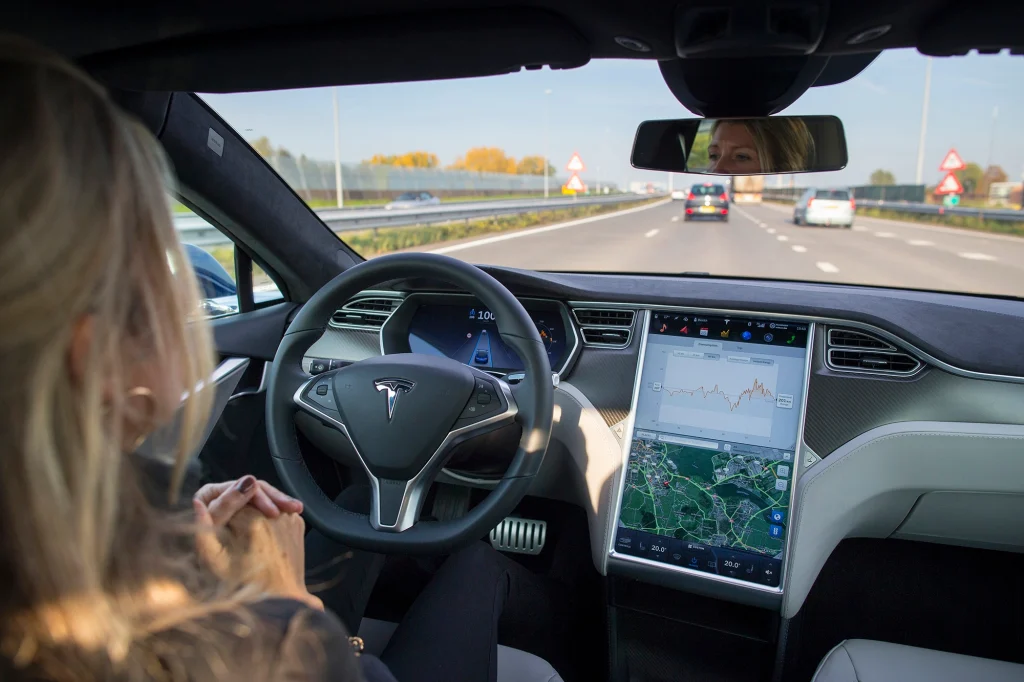
So, how should drivers use Tesla’s Autopilot system? The key is to use it as a tool to assist with driving, rather than relying on it completely. Drivers should always keep their hands on the wheel and be ready to take control of the car at any moment. It’s also important to pay attention to the road conditions and weather conditions, as these can affect the performance of the Autopilot system.
In conclusion, while self-driving cars may be the future of transportation, we’re not quite there yet. The Autopilot system from Tesla is a great step forward in technology, but it is not a fully self-driving system. Drivers shouldn’t depend on the system completely but should use it as a tool to help them drive. And, as always, safety should be the top priority when operating any vehicle, whether it’s a Tesla or any other car.
Another important aspect to consider when it comes to how long a Tesla can drive itself is the battery life. Tesla’s Autopilot system uses a significant amount of energy, as it constantly processes information from the car’s sensors and cameras. This means that using Autopilot can drain the car’s battery faster than driving without it.
To address this issue, Tesla has designed its cars with large batteries that can provide enough energy for extended periods of driving, even with Autopilot activated. The exact amount of time that a Tesla can drive itself before the battery needs to be recharged depends on several factors, such as the model of the car, the age of the battery, and the driving conditions.
For example, the Tesla Model S Long Range is capable of driving up to 405 miles on a single charge, while the Model X Long Range can drive up to 371 miles. But using Autopilot can cut the car’s range because it takes a lot of energy to run.
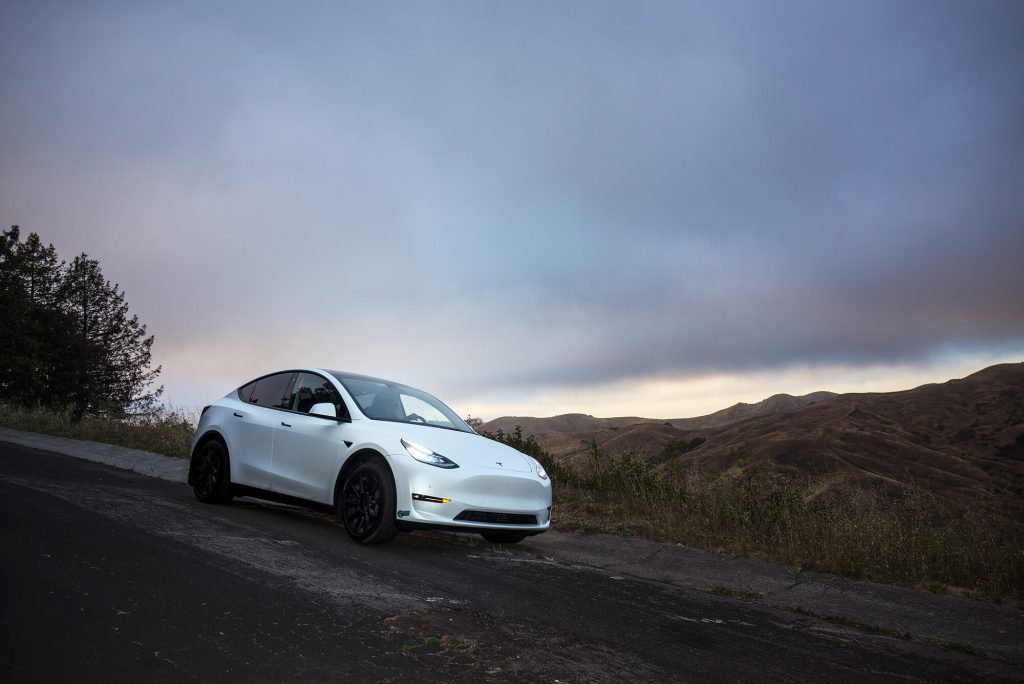
Another factor to consider is the availability of charging stations. Tesla has built a network of Supercharger stations around the world, but depending on where you are, you may not be able to use these stations. If a driver is planning a long trip, they will need to plan their route carefully to ensure that they can recharge their battery when needed.
It’s also worth noting that Tesla’s Autopilot system is constantly being updated with new features and improvements. For example, Tesla recently introduced “Navigate on Autopilot,” which allows the car to suggest lane changes and take exits on the highway. As these features become more advanced, it’s possible that the length of time that a Tesla can drive itself will increase.
In conclusion, while the exact length of time that a Tesla can drive itself depends on a variety of factors, including the driving conditions and battery life, it’s important to remember that Tesla’s Autopilot system is not a fully autonomous driving system. Drivers should always keep their hands on the wheel and be ready to take control of the car at any moment. As self-driving technology continues to improve, it’s possible that we may see fully autonomous cars in the future. But for now, the key is to use self-driving features like Tesla’s Autopilot system as a tool to assist with driving, rather than relying on them completely.



